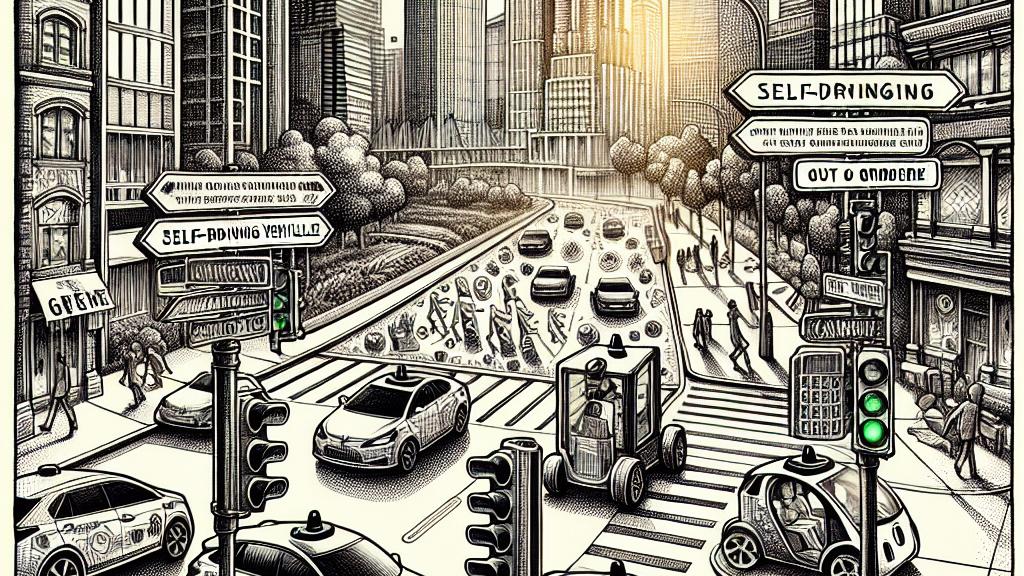Waymo's Self-Driving Cars Are Safer Than Human-Driven Vehicles
Overview
- Waymo has demonstrated that its autonomous vehicles significantly outperform human drivers in terms of safety.
- Studies reveal an astonishing 88% reduction in property damage claims and a remarkable 92% decrease in personal injury claims.
- With plans to initiate testing in Japan by early 2025, Waymo is set to transform the future of transportation.

Groundbreaking Research Findings in Japan
In a pioneering study in Japan, Waymo, a subsidiary of Alphabet and a leader in self-driving technology, shared transformative data that highlights the safety of its autonomous vehicles. Collaborating with Swiss Re, this research compared over 500,000 claims made by human drivers against those generated by Waymo's cars. After analyzing an impressive 25 million miles of driving, the findings were nothing short of staggering. Waymo's self-driving vehicles experienced 88% fewer property damage claims and an incredible 92% fewer personal injury claims. In simpler terms, this means that by choosing self-driving technology, we could witness a significant decline in accidents, leading to safer roads for everyone!
Impressive Safety Records Highlighted
The specifics are compelling. Over the course of 25 million miles, Waymo’s autonomous vehicles logged only 9 claims for property damage and just 2 for personal injuries. To put that in perspective, if human drivers covered the same distance, they would have likely reported far greater numbers due to factors like distraction and decision-making errors. Moreover, when contrasting the performance of Waymo’s cars against the latest models equipped with advanced driver-assistance systems, the results remained remarkable. For instance, their data showed a staggering 86% fewer property damage claims and 90% fewer personal injury claims. This isn't merely based on chance; it’s a testament to how advanced technology, rigorous testing, and innovative safety features converge to create a safer driving environment.
Exciting Future Plans in Japan
Looking forward, the excitement surrounding Waymo is palpable. They are poised to launch testing for their self-driving taxis in the bustling city of Tokyo by early 2025! This ambitious initiative will involve collaboration with respected local partners such as Nippon Kotsu and GO, heralding a new chapter in urban transportation. Just imagine the convenience of hailing an autonomous taxi that arrives seamlessly at your location, whisking you away without the need for a human driver. This vision isn’t merely theoretical; it is set to become a reality soon! The blend of cutting-edge technology and everyday utility promises a significant reduction in traffic accidents while enhancing the efficiency of traditional transportation methods. Indeed, it represents a thrilling leap forward that will not only reshape our commutes but redefine how we perceive mobility in the future.

Loading...